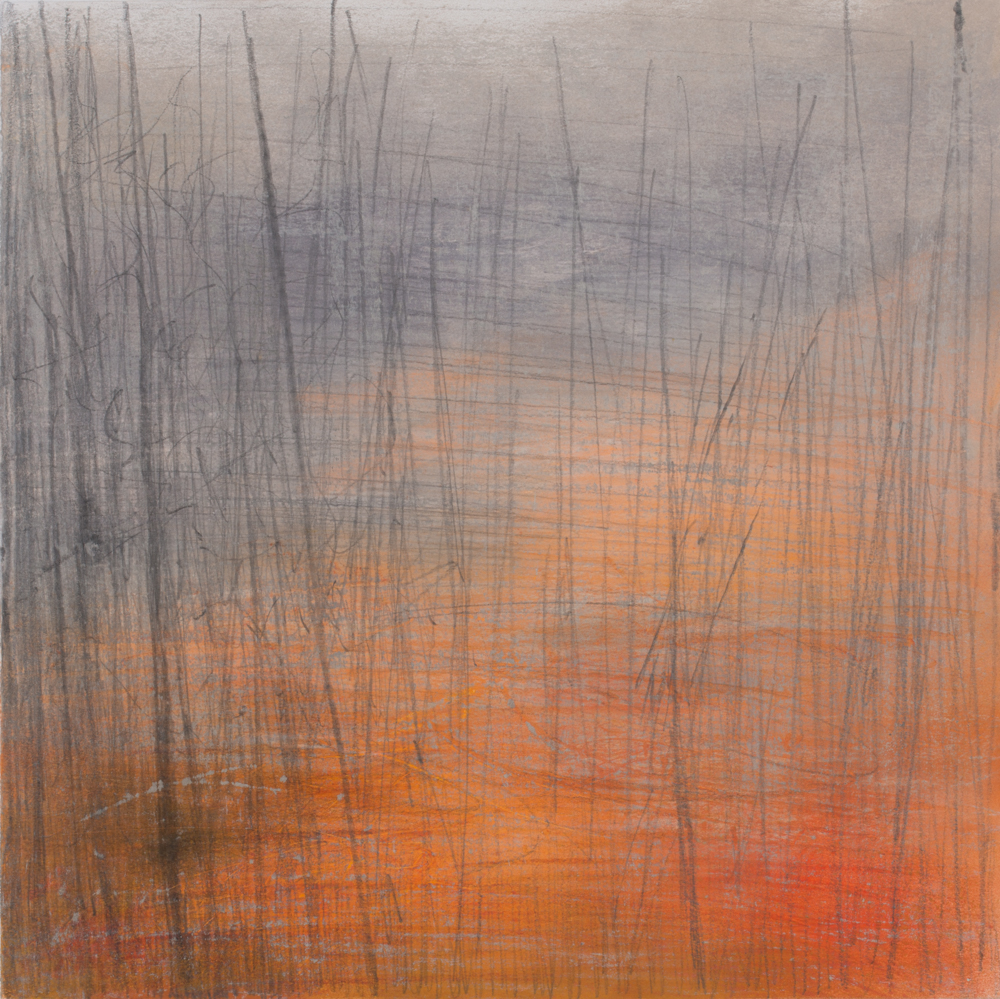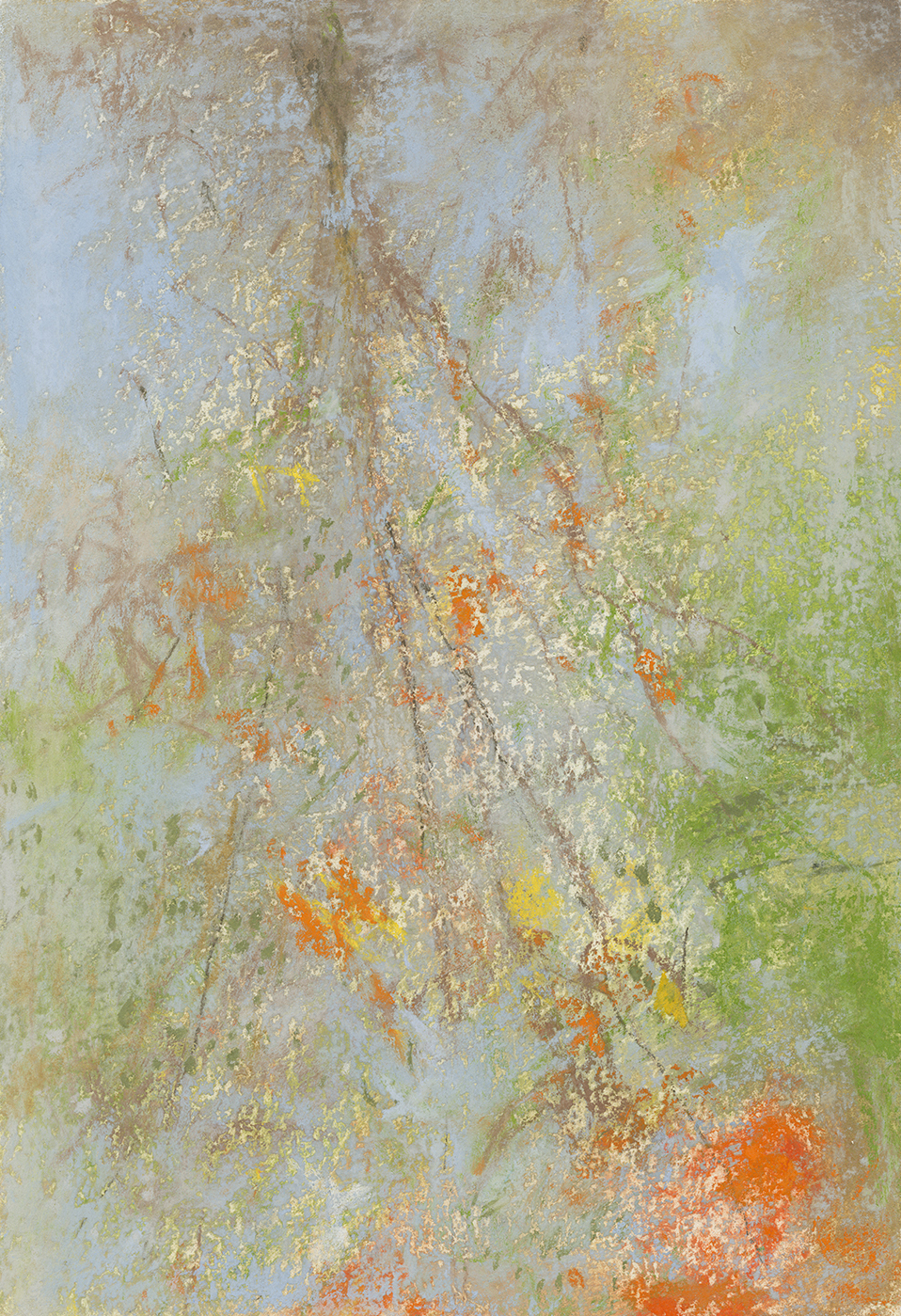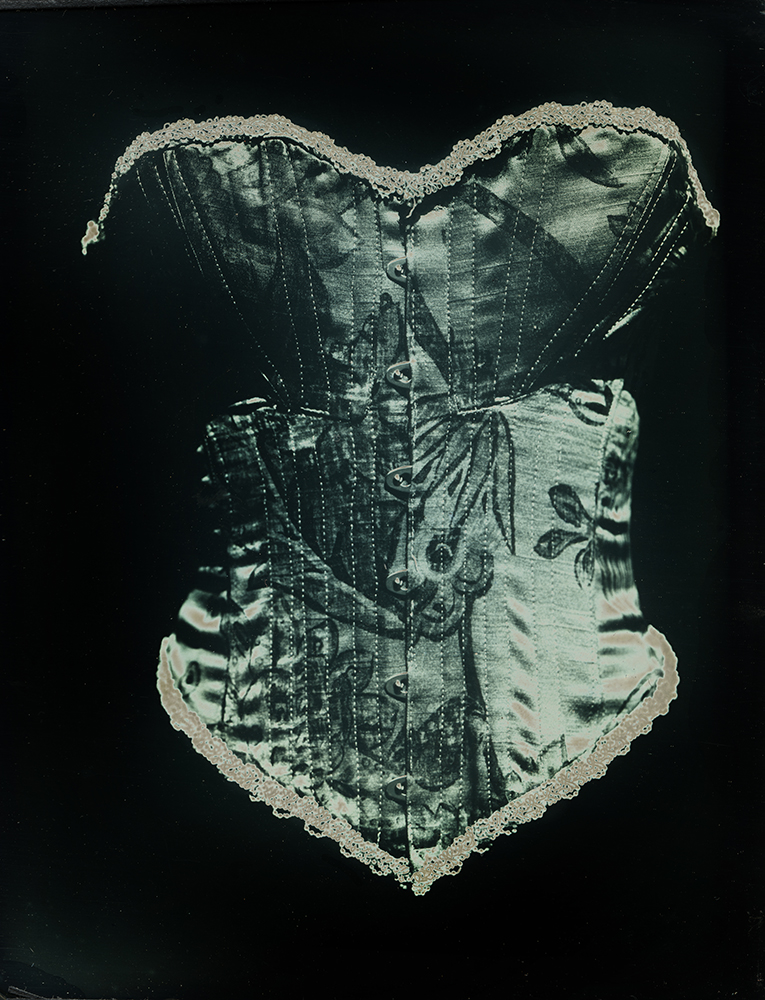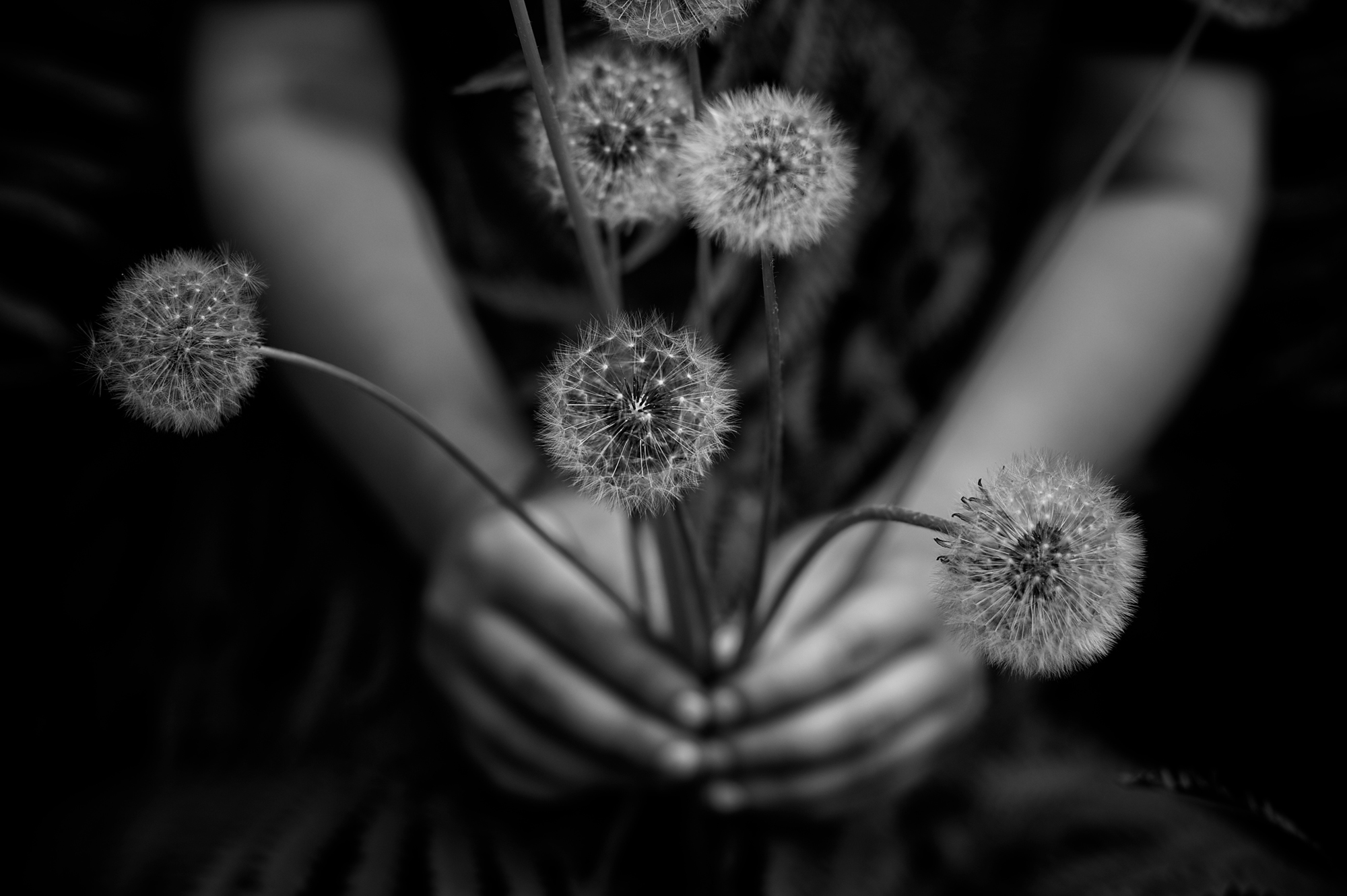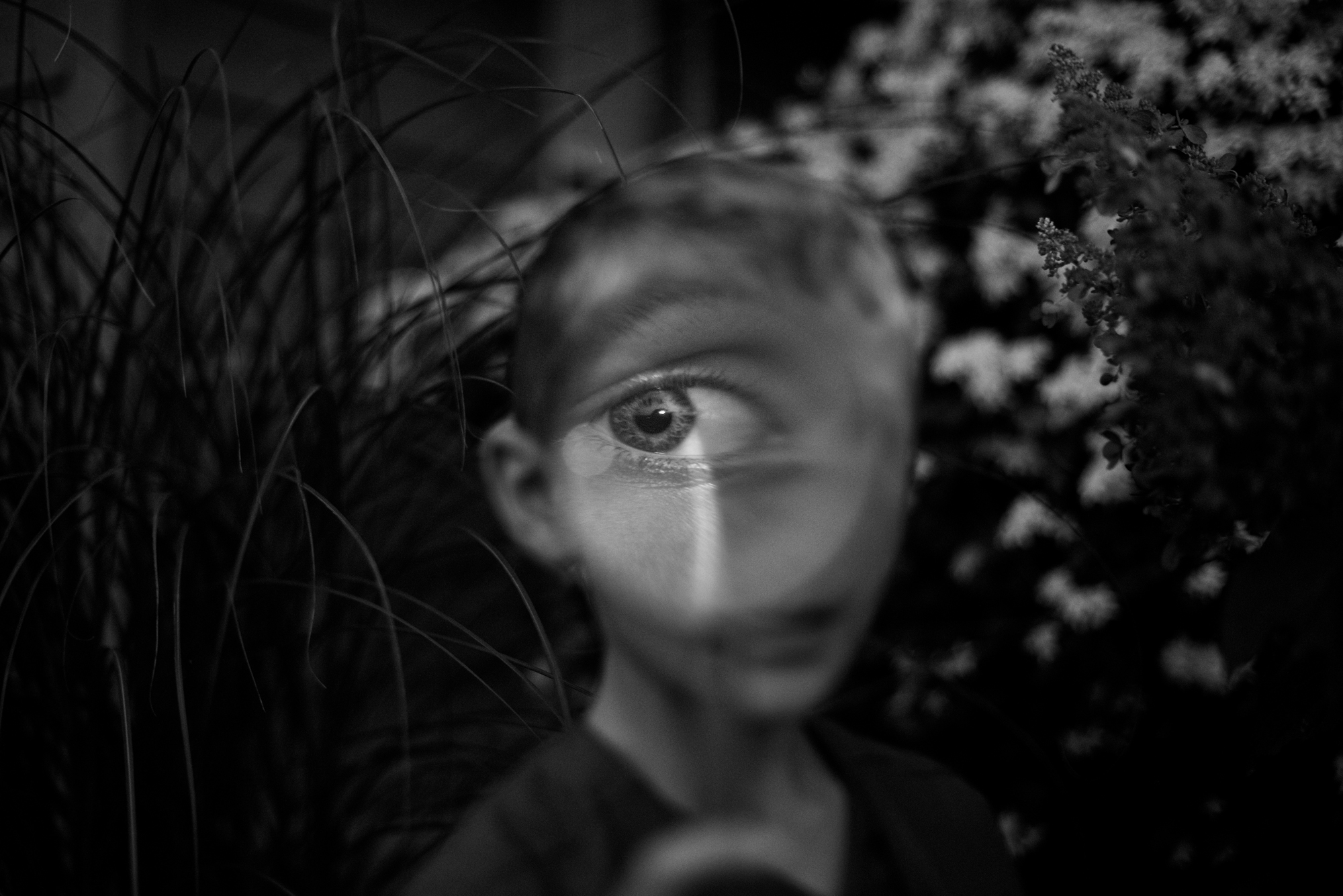Michael D. Spencer, is a freelance photographer based in Somerville, MA, specializing in music documentary projects and album art, editorial assignments and studio portraiture. He is the recipient of the Massachusetts Cultural Council & Somerville Arts Council's 2013 Cultural Heritage Fellowship. Michael works closely with local social advocacy and non-profit organizations to advance their grassroots efforts. He also creates exhibitions and hosts fundraisers at his studio and gallery near Somerville's Union Square. Recent projects include a documentary series titled, "Homes for Hope," produced in partnership with the Massachusetts Housing & Shelter Alliance.
How did you become interested in photography? Was it something you grew up with?
MS: As is the case in a lot of families, I had an adoring aunt who was constantly taking Polaroids -- capturing holiday gatherings, vacations, and birthdays, and to be honest, it kind of annoyed me as a kid. Little did I know then what sort of weight her images would carry a few decades later for my family. As time moves forward and generations pass on, Aunt Mary's images now provide an amazing visual documentation of the people, places and things that make up the fabric of our family's story, and we're fortunate to have them.
I didn't connect with photography myself until late in high school, and even that was casual at best. I was the kid who had five art classes senior year and became photo editor for the year book -- not because I was necessarily qualified for the role, but more so because I never left the art room. After that, it fell off as a hobby for years and then it wasn't until my mid-thirties that it resurfaced with a vengeance after a career change. Since moving to Somerville in 2006, I've had the honor of calling many talented musicians and artists friends, and it was seeing them live their passions full time that gave me the inspiration to leave a 12 year corporate career and pursue my own path as a photographer. That was 8 years ago and it's been a great ride so far.
What first drew you to photographing people? How do you make the clients feel relaxed in front of your camera?
MS: Photographing people is difficult to do well; I enjoy that challenge. Whether I'm backstage with a band, in a boardroom with an executive, or walking backwards looking out at thousands of protesters in the street, the impetus is the same. Regardless of circumstances, as photographers we need to capture the best images possible of those people in those places at that time, and I work well under that type of pressure.
Formal photo shoots are often high stress events for people and photographers. For every seasoned lead singer or CEO that loves the camera, there are two others who would rather be doing anything else that day. For those people, it's important to provide direction and not leave them feeling awkward or unsure. I try to remove pressure and expectation from them and put it all on myself. I don't enjoy being the subject either, so I empathize.
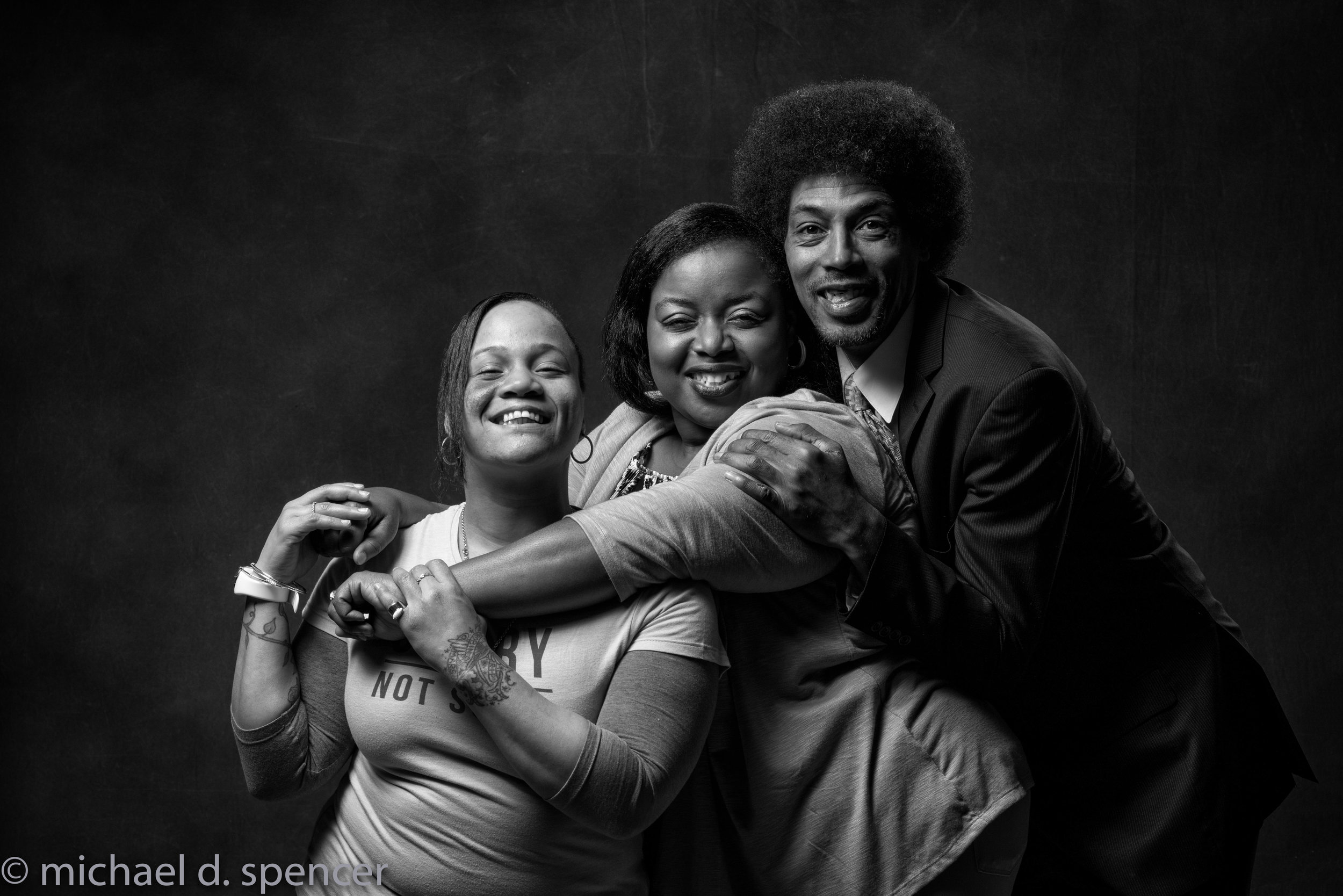

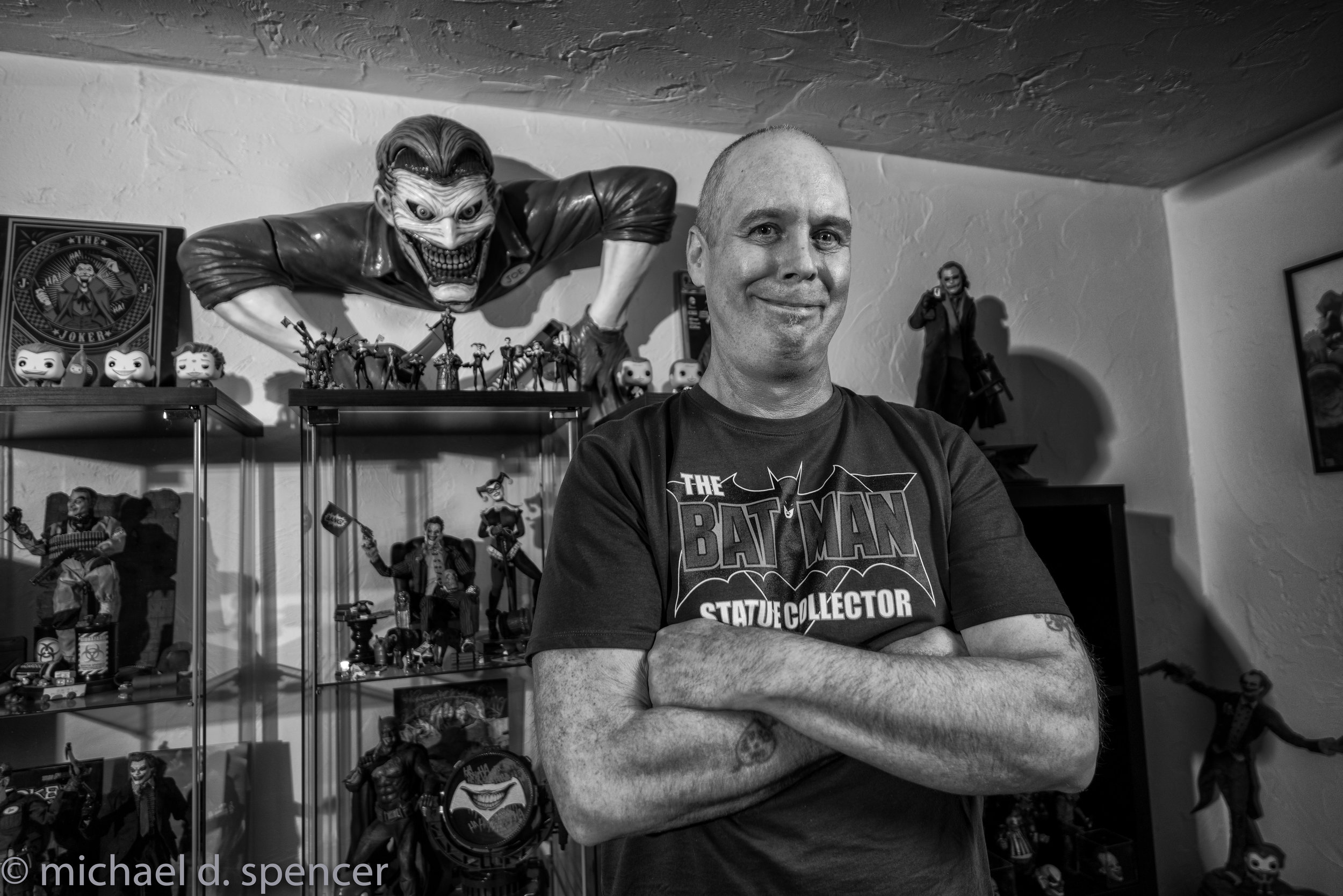
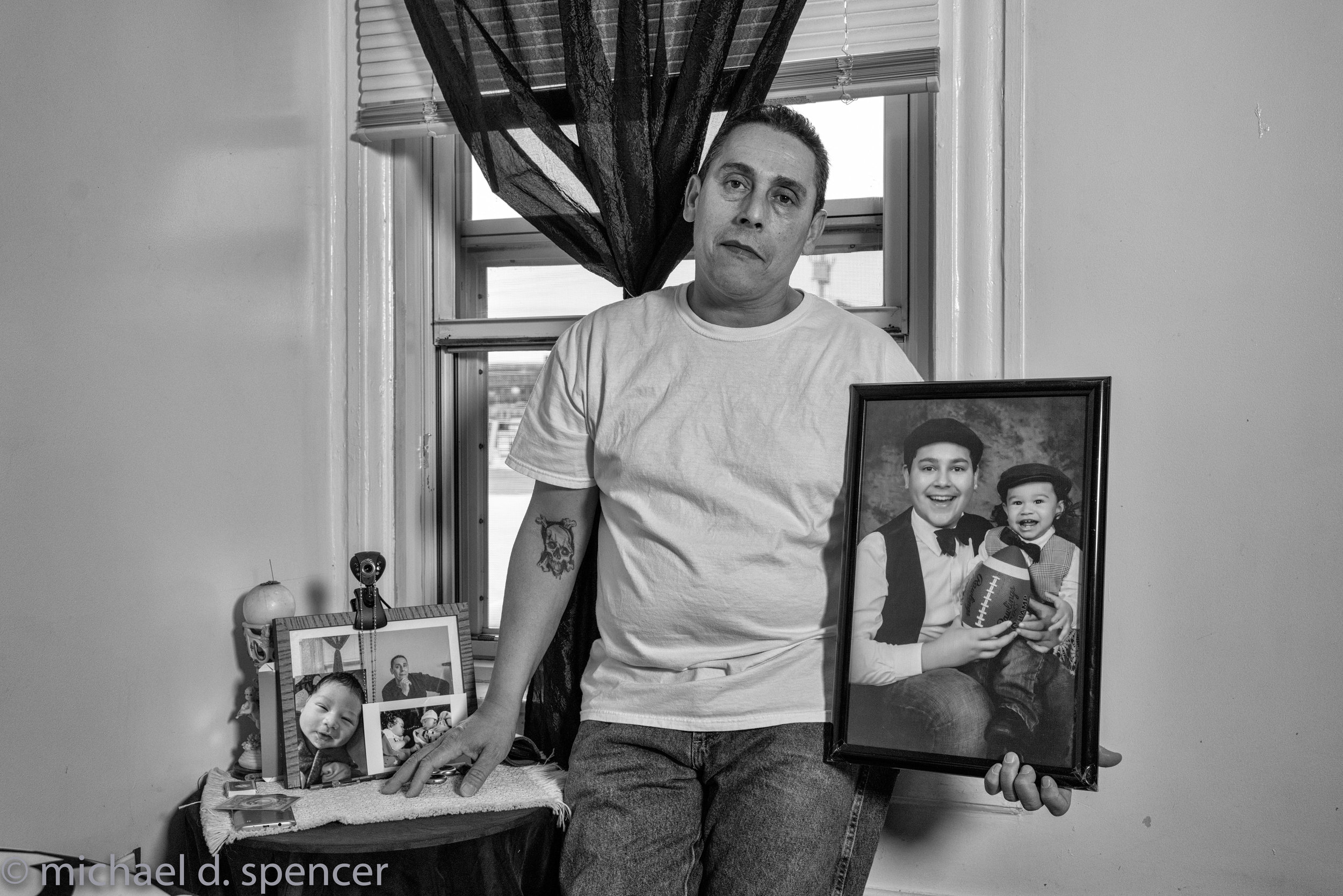
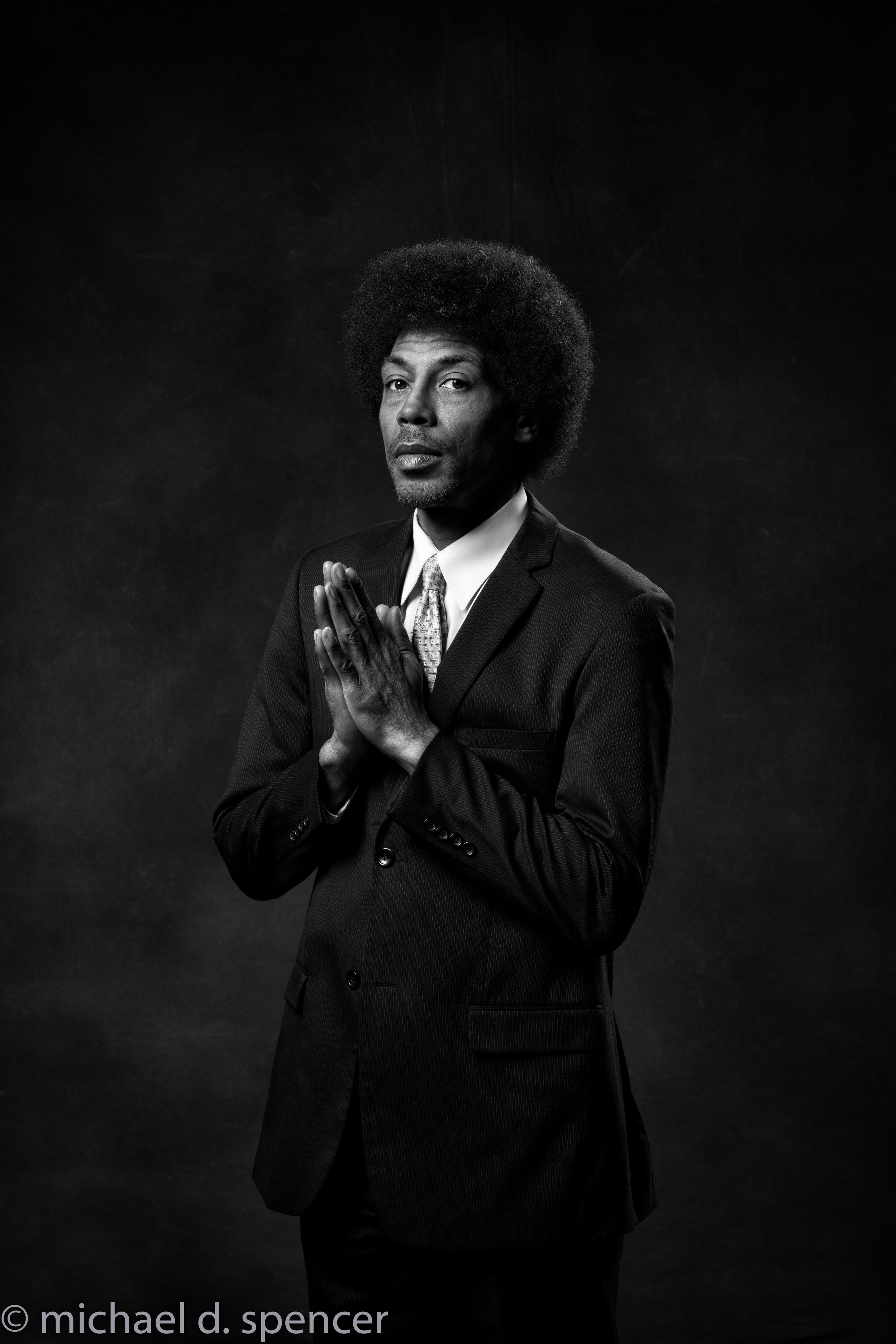
Recently, you started a documentary series called “Home for Hope”. How did you get involved with the Massachusetts Housing & Shelter Alliance (MHSA)?
MS: I had been searching for the right organization to start a long term documentary project with for a couple of years up until I was introduced to MHSA by a couple of good friends in 2016. My goal was to develop a series that dealt with a serious local issue, such as homelessness, but to approach it in a positive manner with a focus on the depth of human experience, rather than exploiting the desperation of the circumstances that we so commonly see in imagery. MHSA advocates for the transition from short term emergency based systems to longer term solutions as a means for ending homelessness. For example, the "Housing First" philosophy prioritizes moving people back into housing and providing access to appropriate supportive services, rather than leaving people to live on the street while extending minimum, short term aid. I'm drawn to organizations that take a larger picture into consideration, especially when it comes to facilitating real change in the lives of real people.
When I met with Joe Finn, President & Executive Director of MHSA and his fantastic team, we hit it off right away and decided to give it a go. The goal was to create a two-part series: a photo documentary of people in the homes provided to them through MHSA programs, and a second photo series conducted at my studio for a more formal portrait session. It's been a fantastic experience being invited into people's homes, listening to their stories, and being allowed to photograph them in their spaces. We then invited each person along with their case workers to my studio where we took the context of a physical home out of the images, and aimed to capture the individual in their essence. If I capture even a portion of the pride that exudes from my new friends as to what having a home has meant for their journeys, then I consider this project a success. I really love how these images have turned out so far, and I look forward to working with MHSA on an ongoing basis, meeting more amazing people, and helping to share their stories with the world.
The exhibition will be launched publicly at MHSA's upcoming annual meeting in Boston on May 17th at the MHSA and take a look at the excellent work they're involved in here in Massachusetts.
What are some tips/advice you would give to someone just starting out in photography?
MS: Worry more about your craft than your equipment. You can always buy the Hasselblad when you start booking the 5-figure commercial gigs down the road. Until then, keep yourself in control of finances and equipment upgrades, and focus on developing your skills and your voice as a photographer first. It's an ultra competitive market out there, and rising to the top will have much less to do with what's in your bag than what's in your head.
Do you have any openings or special event coming up?
- Somerville Open Studios - May 4-6 at Studio 29r in Somerville (next to Aeronaut Brewery)
- "Homes for Hope" Exhibition - May 17 at Massachusetts Housing & Shelter Alliance Annual Meeting




















































